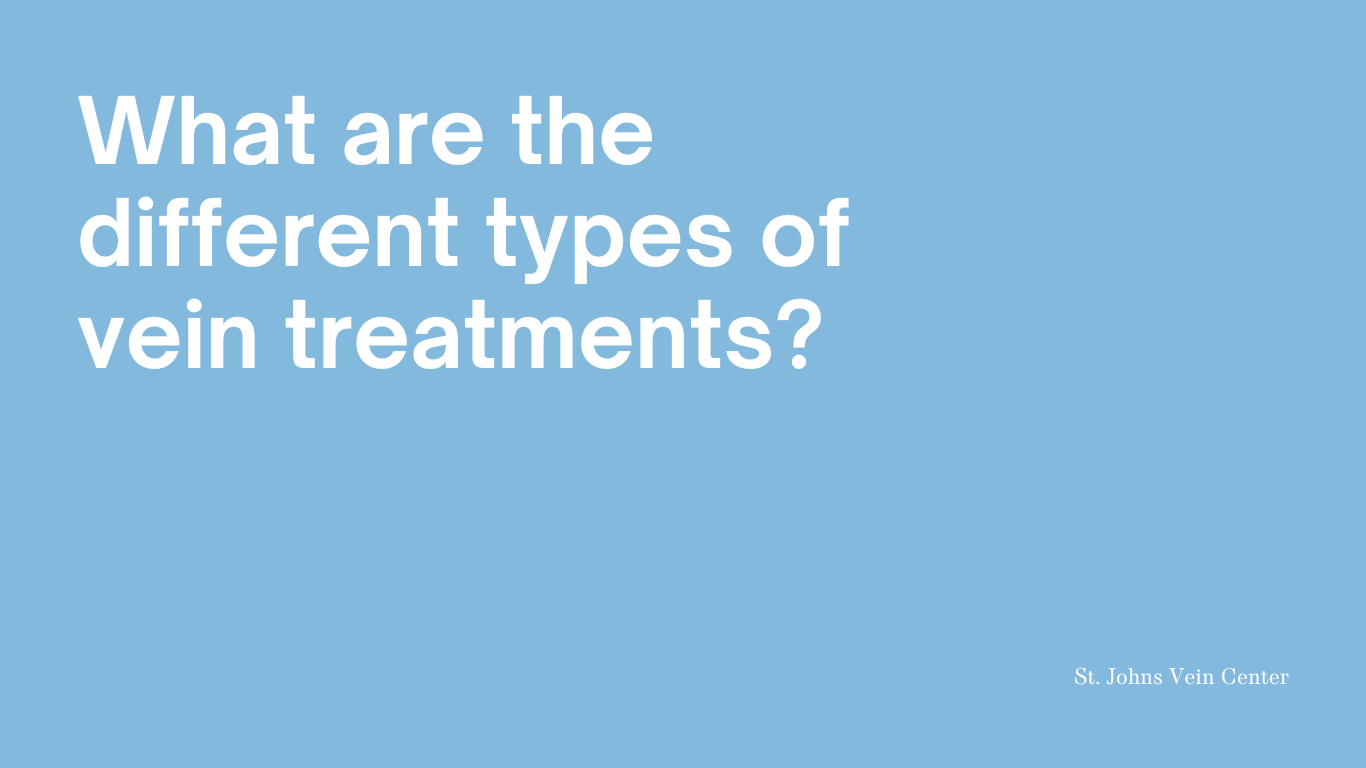There are four main types of minimally invasive vein treatments designed for varicose veins. The two most popular procedures that are also the most effective include Sclerotherapy and Endovenous Vein Ablation.
Sclerotherapy
Sclerotherapy uses injections from a small needle to improve the cosmetic appearance of spider veins. It is also used to treat small varicose veins in the legs, and relieve related symptoms of varicose veins such as aching, burning, swelling, and cramping. Each treatment session results in a 50-80% elimination of the treated veins.
Vein Ablation
Also commonly known as Endovenous Ablation, this procedure involves using radiofrequency energy to cauterize and seal off the affected vein. The veins are treated by heating the walls using radiofrequency. This heat causes the vein walls to collapse, close, and then become sealed shut. This procedure is less invasive but just as effective as surgical treatments such as Vein Stripping or Varicose Vein Excision.
Endovenous Laser Treatment
Endovenous Laser Treatment (EVLT) is one of the top recommended treatments for large varicose veins. Also known as Endovenous Laser Ablation, EVLT is commonly used to treat varicose veins for cosmetic reasons. However, it can also be used to eliminate or reduce the painful symptoms associated with varicose veins such as swelling, skin irritation, inflammation, or aches and pains.
Microphlebectomy Treatment
Also known as ambulatory phlebectomy, Microphlebectomy treatment is another effective minimally invasive treatment option for removing damaged varicose veins from the legs. By using microscopic incisions, the veins are removed through the leg’s surface. The procedure is commonly used to treat larger varicose veins and can be an alternative option when sclerotherapy is ineffective.




